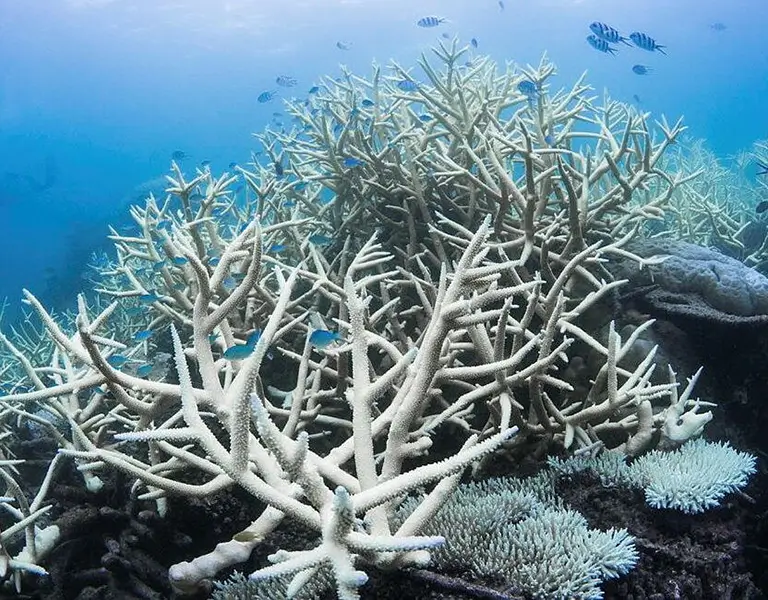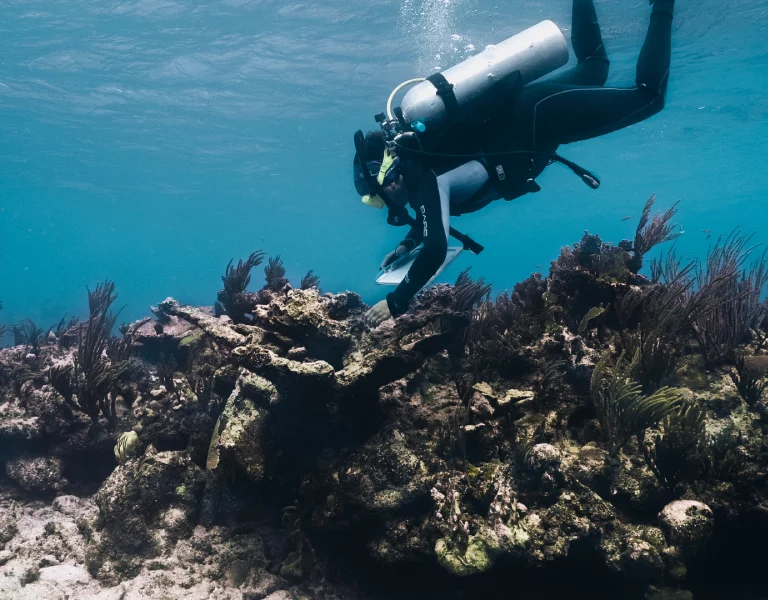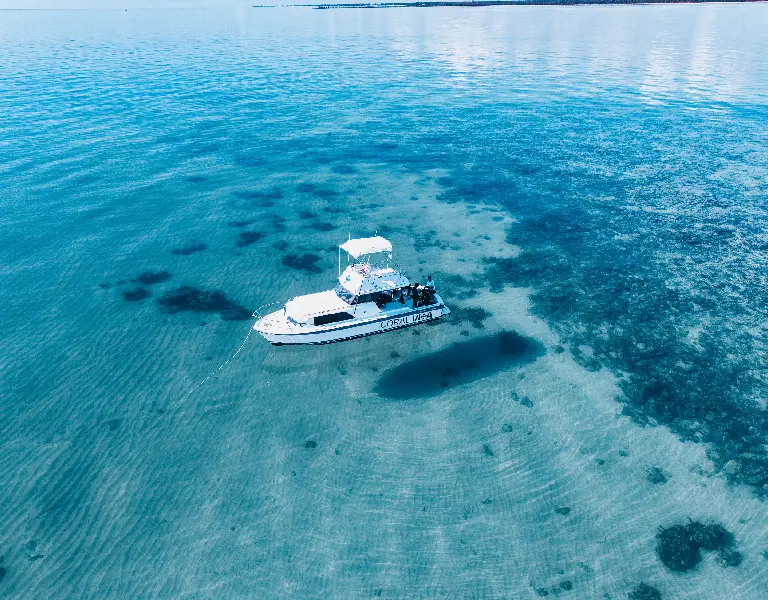In a world facing unprecedented environmental challenges, understanding how our choices impact the planet has never been more critical. While eco friendly and sustainable have become commonplace terms, their meanings often blur together. Both concepts aim to protect our natural environment, yet they represent distinct approaches to addressing climate change and environmental harm.
Key Takeaways
- Eco friendly products minimize immediate environmental harm, while sustainability encompasses long-term balance across environmental, social, and economic factors for future generations
- Sustainable practices consider the entire lifecycle from raw materials through disposal, not just immediate impacts
- 72% of global consumers are willing to pay more for sustainable products1, driving businesses toward environmental responsibility
- True environmental stewardship requires combining eco friendly initiatives with sustainable lifestyle choices
- Innovations like Coral Vita’s reef restoration blend immediate environmental benefits with long-term sustainability goals
What Makes Products Environmentally Friendly?

Environmental consciousness begins with understanding environmentally friendly products. Eco friendliness focuses on reducing immediate negative impacts through specific design choices and manufacturing processes. These products minimize environmental harm by using less energy, avoiding harmful chemicals, and reducing waste.
Environmentally friendly products typically feature biodegradable materials, recycled plastics, or natural materials that decompose without toxins. They require far less energy to produce and generate fewer carbon emissions. Examples include energy efficient appliances, solar panels, recycled toilet paper, and cleaning products made without harmful chemicals that protect waterways.
Eco Friendly Practices in Everyday Life
Simple choices demonstrate eco friendly thinking: reusable bags instead of plastic bags, recycled materials over virgin plastics, renewable energy sources. Products using recycled plastics require significantly less energy and divert waste from landfills. Items crafted from sustainable materials like bamboo minimize environmental harm through efficient production methods.
Sustainable Practices: A Holistic Approach
While environmentally friendly focuses on immediate impacts, sustainability involves meeting present needs without compromising future generations’ ability to meet theirs. This holistic approach considers environmental, social, and economic factors simultaneously. Research shows 82% of organizations plan to increase environmental sustainability investments2, reflecting growing recognition that true sustainability requires systemic change.
A sustainable future demands consideration of economic factors alongside environmental benefits. Fair trade practices ensure living wages and safe conditions, addressing social responsibility. This integration of environmental and social impacts distinguishes truly sustainable products from merely eco friendly ones. Conserving resources represents only one dimension; sustainability requires maintaining ecological balance while supporting thriving communities and viable economies.
Understanding Sustainability Encompasses Multiple Dimensions
Sustainable fisheries balance harvest levels with fish population health, ensure fair compensation for communities, and maintain economic viability. This exemplifies how sustainability encompasses interconnected environmental and social impacts beyond single issues.
How Coral Restoration Demonstrates Eco Friendly and Sustainable Goals
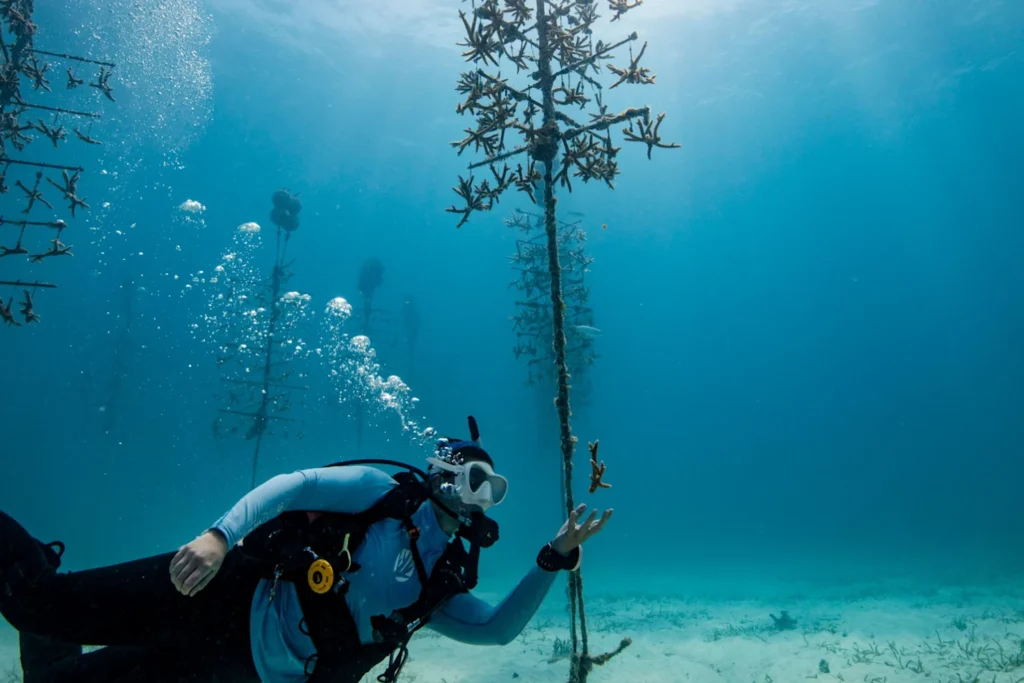
Coral reefs face existential threats, with 84% of the world’s reefs experiencing heat stress during the most intense global bleaching event on record3. This crisis demands both immediate environmental action and long-term sustainable solutions.
Coral Vita’s innovative land-based farming grows corals up to 50 times faster than natural rates through microfragmentation technology. This accelerated growth represents an eco friendly approach to immediate challenges. The true innovation lies in the sustainable business model combining ecosystem restoration with revenue generation, community employment, and educational tourism. By adopting a coral, individuals support restoration addressing climate change while creating economic opportunities.
Examining the Entire Lifecycle of Products
Research shows 80% of a product’s environmental impact is determined before manufacture4, during design and sourcing phases. Examining the entire lifecycle proves crucial. From raw materials extraction through manufacturing, use, and disposal, each stage presents opportunities for reducing harm.
A sustainable product considers impacts at every phase. Were raw materials sourced ethically? Does production exploit vulnerable communities? Can the product be repaired or recycled? These questions separate products that minimize harm from those contributing to a sustainable future.
Natural Materials and Sustainable Materials Selection
LED light bulbs illustrate lifecycle thinking, using less energy and lasting longer. However, truly sustainable lighting considers manufacturing impacts, recyclability, and disposal. Natural materials often appear automatically eco friendly, but if bamboo products require extensive shipping or processing with harmful chemicals, sustainability credentials diminish.
Making Informed Choices for Environmental Responsibility
Consumer attitudes are shifting, with 78% believing sustainability is important and 68% willing to reduce consumption to avoid environmental damage5. This creates market pressure for eco friendly products and sustainable alternatives. However, informed choices require looking beyond marketing claims.
Compost bins, recycling programs, and renewable energy adoption represent individual actions with collective impact. Energy efficient appliances reduce carbon dioxide emissions while lowering bills. Choosing recycled materials over virgin resources conserves natural resources.
Navigating Environmental Product Claims
Despite consumer interest, 62% believe companies engage in greenwashing6. Products labeled ‘natural’ may contain environmentally harmful ingredients. Certifications like Fair Trade, Energy Star, or B Corporation provide helpful guidance through third-party verification.
When seeking eco friendly gifts, consider both immediate impacts and long-term sustainability. Does the gift reduce waste? Was it produced ethically? Will it promote lasting behavior change?
The Role of Carbon Footprint in Minimizing Harm
Understanding carbon footprint provides insight into product impacts. Every purchase generates carbon emissions during production, transportation, and disposal. Carbon neutral companies offset emissions through renewable energy or carbon capture. While this represents progress toward minimizing harm, true sustainability requires reducing emissions at the source.
Climate change represents the ultimate test of sustainability. Rising temperatures, ocean acidification, and extreme weather threaten ecosystems worldwide. Addressing this demands both eco friendly practices reducing immediate emissions and sustainable systems fundamentally transforming production and consumption.
Renewable Energy and Reducing Carbon Emissions
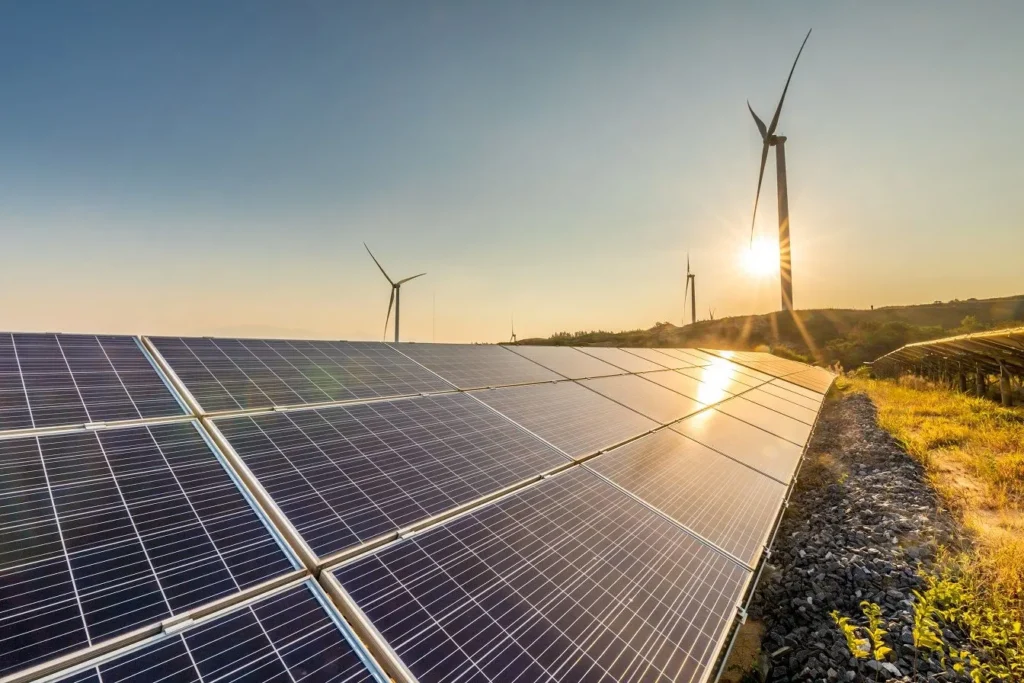
Transitioning to renewable energy exemplifies how environmental consciousness drives sustainable transformation. Solar panels generate clean electricity while creating jobs. This demonstrates environmental benefits and economic growth need not compete. Sustainable businesses often outperform competitors by reducing costs and attracting conscious consumers.
Integrating Social Responsibility Into Environmental Action
Environmental harm rarely occurs isolated from social injustice. Communities of color and low-income populations disproportionately experience pollution and climate impacts. Sustainability demands addressing these inequities alongside environmental challenges. Fair trade ensures producers receive fair wages and safe conditions, linking environmental protection with human dignity.
Corporate social responsibility demonstrates how businesses advance sustainability while generating profit. Companies prioritizing worker well-being and environmental stewardship often achieve stronger financial performance, proving pursuing a sustainable future benefits all stakeholders.
Building Communities Through Sustainable Practices
Achieving sustainability requires collective action. Community gardens transform vacant lots into food sources. Tool libraries reduce consumption through sharing. These initiatives demonstrate how sustainable practices strengthen social fabric while reducing environmental impact. Education plays a crucial role. Organizations combining restoration with education, like Coral Vita’s visitor experiences, help connect abstract concepts to tangible actions.
Moving Beyond Distinct Concepts Toward Integration
While distinguishing between eco friendly vs sustainable proves intellectually useful, effective solutions increasingly blur these boundaries. The best approaches combine immediate harm reduction with long-term change. Products must minimize environmental impacts while contributing to sustainable economic models.
This integration reflects understanding that environmental challenges demand comprehensive responses. A few examples include companies designing products for recyclability while sourcing ethically, cities installing energy efficient infrastructure while investing in transit, and farmers adopting regenerative practices sequestering carbon while improving soil health.
Creating a Positive Impact Through Ecosystem Thinking

Thinking in ecosystems reveals deeper connections. Healthy coral reefs support fisheries, protect coastlines, and attract tourism. Restoring ecosystems generates environmental, economic, and social benefits simultaneously. This holistic perspective characterizes genuine sustainability.
The Future of Environmental Responsibility
Looking forward, the distinction will likely fade as standards rise. Future generations will expect products minimizing harm throughout their lifecycle while contributing to thriving communities. Technology will play a crucial role through innovations in materials science, renewable energy, and restoration ecology.
Your Role in Shaping a Sustainable Lifestyle
Every person plays a crucial role. Individual choices aggregate into market signals shifting corporate behavior. Consumer demand drives companies toward genuine sustainability. Supporting organizations demonstrating both eco friendly practices and sustainable vision amplifies impact. The path to sustainability requires countless small decisions pointing toward a future where human activity supports rather than degrades the natural environment.
The final riff

The debate around eco friendly vs sustainable empowers better decisions. While eco friendly products reduce immediate harm, sustainability encompasses broader environmental and social impacts across generations. Both approaches prove essential for addressing climate change and protecting natural resources.
The most promising solutions integrate these concepts. Coral reef restoration exemplifies this, combining environmental science with sustainable business models and community development. As consumers and businesses recognize these connections, we move closer to a future where environmental responsibility and economic prosperity reinforce each other. The journey begins with informed choices and builds through collective action toward protecting the natural environment for future generations.
About Coral Vita
Coral Vita is a mission-driven company dedicated to restoring our world’s dying and damaged reefs. Using innovative land-based farming techniques, Coral Vita grows diverse and resilient corals in months instead of the decades they take in nature. These corals are then transplanted into threatened reefs, helping to preserve ocean biodiversity while protecting coastal communities that depend on healthy reefs for protection, food, and income.
Founded by environmental entrepreneurs Sam Teicher and Gator Halpern, Coral Vita’s high-tech coral farms incorporate breakthrough methods to restore reefs in the most effective way possible. In 2021, the company was recognized as the inaugural winner of Prince’s William’s Revive Our Oceans Earthshot Prize Winner for their pioneering work in coral restoration.
To learn more about Coral Vita’s work or to get involved in coral reef conservation efforts, visit their website at www.coralvita.co or contact them directly through their Contact Us page.
Frequently Asked Questions
What is the main difference between eco friendly and sustainable?
Eco friendly reduces immediate environmental harm through product design, while sustainable considers long-term balance across environmental, social, and economic factors for future generations.
Can a product be eco friendly but not sustainable?
Yes, products can minimize environmental impact while relying on exploitative labor or unsustainable resource extraction. True sustainability requires addressing environmental, social, and economic dimensions together.
How do I know if eco friendly products are truly sustainable?
Look for third-party certifications like B Corporation, Fair Trade, or Energy Star. Examine transparency about supply chains and environmental impacts. Genuine sustainability involves measurable commitments across multiple dimensions.
What role does climate change play in sustainable development?
Climate change represents the ultimate sustainability challenge, requiring both immediate emissions reduction and long-term transformation. Sustainable solutions must address climate impacts while supporting resilient ecosystems and communities.
References
- https://www.arbor.eco/blog/sustainability-statistics ↩︎
- https://www.capgemini.com/insights/research-library/sustainability-trends-2025/ ↩︎
- https://icriforum.org/4gbe-2025/ ↩︎
- https://www.arbor.eco/blog/sustainability-statistics ↩︎
- https://theroundup.org/environmentally-conscious-consumer-statistics/ ↩︎
- https://www.capgemini.com/insights/research-library/sustainability-trends-2025/ ↩︎



